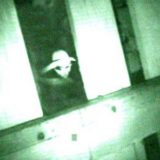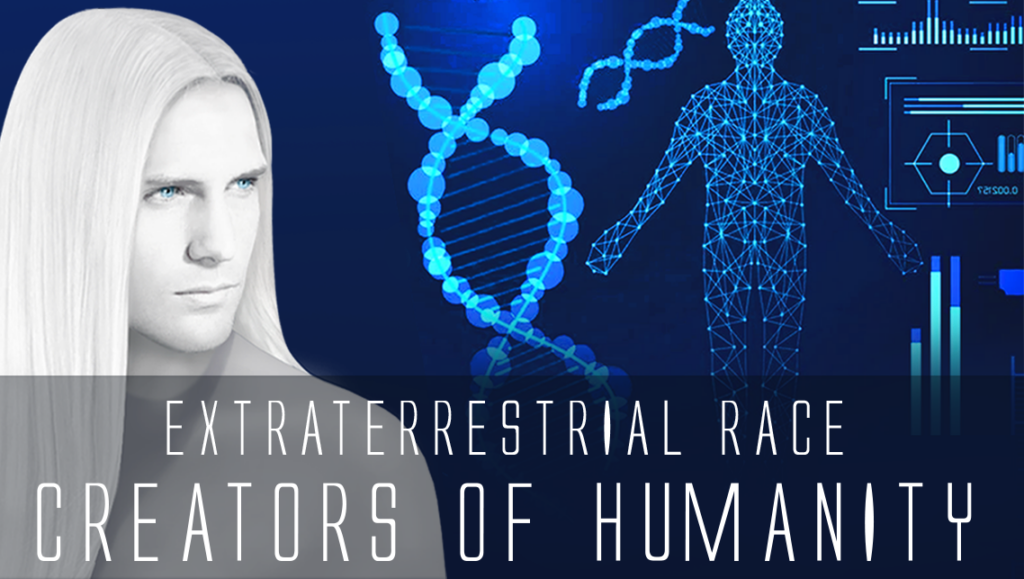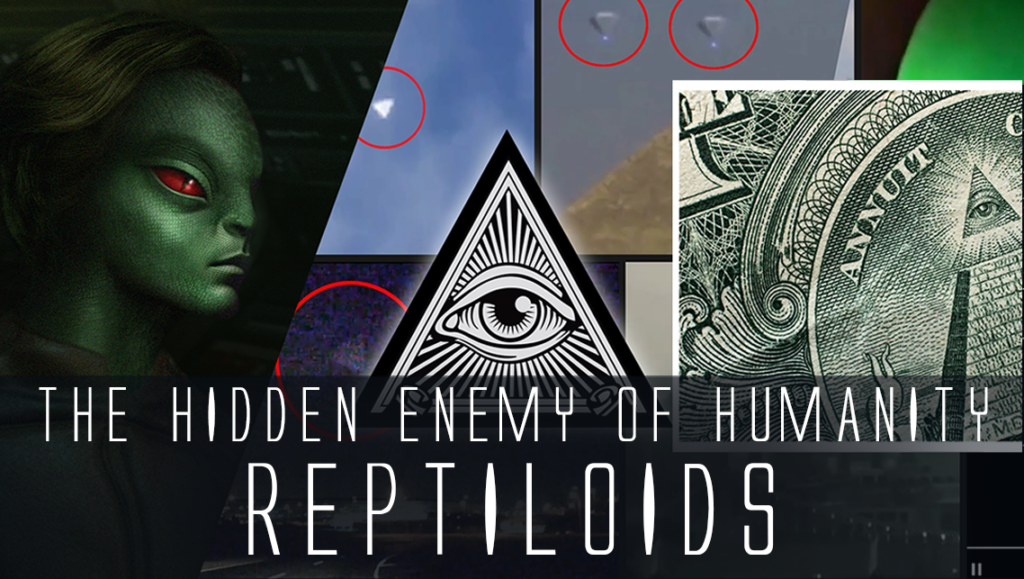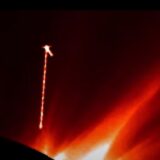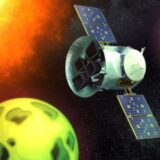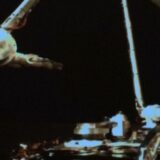FINESSE mission to investigate atmospheres of hundreds of alien worlds
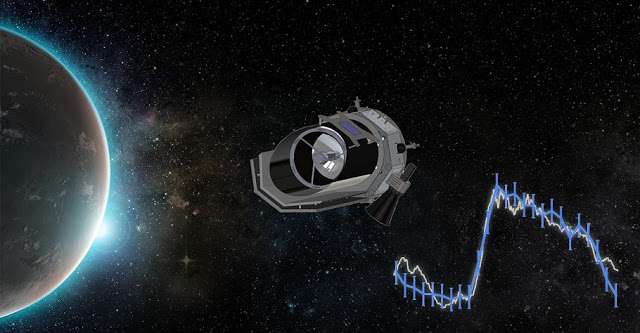
One of NASA’s proposed missions, known as the Fast INfrared Exoplanet Spectroscopy Survey Explorer (FINESSE), could greatly improve our understanding of extrasolar worlds. If selected for development, the spacecraft will investigate at least 500 exoplanet atmospheres, providing detailed information about climate processes on distant alien planets.
FINESSE has been recently chosen by NASA for concept studies and evaluations. It is one of the agency’s six astrophysics Explorers Program proposals, which could be selected by 2019 to proceed with construction and launch.
The mission’s main objective is to study the processes that govern planet formation and global climate. It will investigate the mechanisms that establish atmospheric chemical composition and shape atmospheric evolution.
“FINESSE will spectroscopically observe the atmospheres of many hundreds of transiting exoplanets to measure their molecular abundances and thermal profiles,” Robert Zellem, FINESSE science team member at NASA’s Jet Propulsion Laboratory (JPL), told Astrowatch.net.
In order to conduct the planned studies, FINESSE will use the transit method. It will measure how a planet’s atmosphere absorbs light from its host star as a function of wavelength. This will allow researchers to infer the molecules in the planet’s atmosphere.
“By doing this for hundreds of planets, FINESSE will determine how planets form and the crucial factors that establish planetary climate,” Zellem said.
These observations will require a proper imaging system. That is why the FINESSE spacecraft will be equipped in a telescope with a 75-centimeter (29.5-inch) primary mirror and a spectrometer that will observe planets in the visible and infrared wavelengths (from 0.5 to 5 microns).
According to Zellem, wide spectral coverage will enable FINESSE to measure the abundances of molecules such as water, methane, carbon dioxide and carbon monoxide, as well as look for the presence of clouds and hazes.
Data collected by the spacecraft could improve our knowledge of exoplanet types, from rocky terrestrial planets to gas giants like Jupiter. FINESSE could help us discover what these alien worlds are like, determining how they evolved, and allowing researchers to apply this knowledge in the broader planetary context, including the search for life outside of our solar system.
If selected for development, FINESSE is targeted for the launch around 2023. Zellem hopes that during its operational lifetime of two years, it will carry out important observations of even more than 1,000 extrasolar worlds.
“FINESSE has the capability in its two-year mission to observe the atmospheres of over 1000 transiting exoplanets,” he concluded.
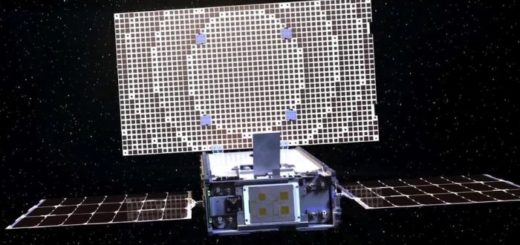
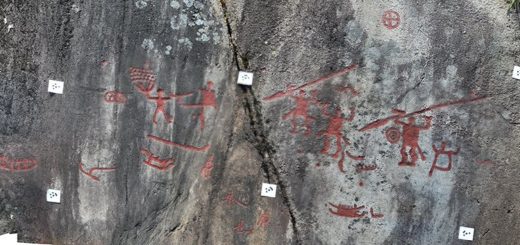

 Creators of mankind
Creators of mankind Description of “Tall white aliens”
Description of “Tall white aliens” Where they came from?
Where they came from? About hostile civilizations
About hostile civilizations The war for the Earth
The war for the Earth “Tall white aliens” about eternal life
“Tall white aliens” about eternal life Video: “Nordic aliens”
Video: “Nordic aliens” Aliens
Aliens Alien encounters
Alien encounters The aliens base
The aliens base UFO
UFO Technology UFO
Technology UFO Underground civilization
Underground civilization Ancient alien artifacts
Ancient alien artifacts Military and UFO
Military and UFO Mysteries and hypotheses
Mysteries and hypotheses Scientific facts
Scientific facts
